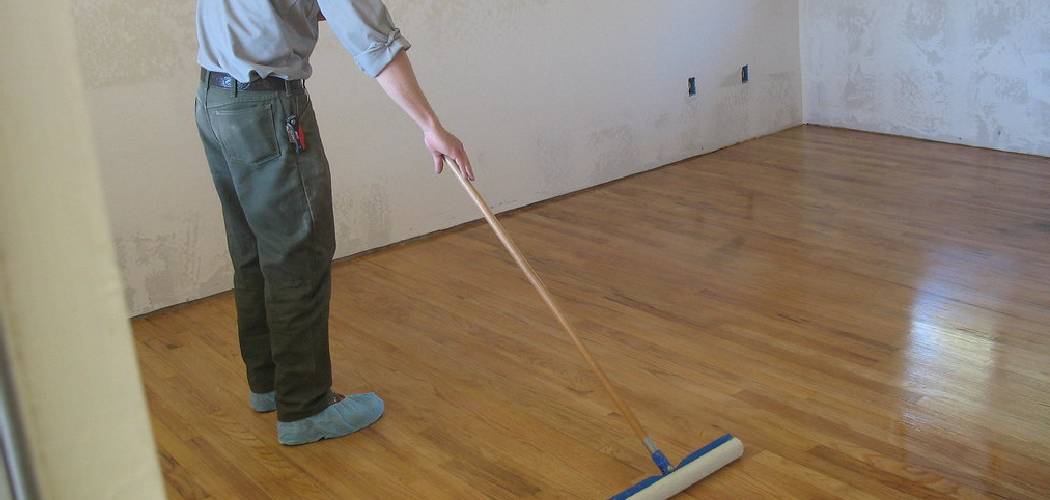Undergoing a home renovation is an exciting time. However, it can also be a time of great stress, especially when it comes to protecting your hardwood floors. After all, those floors are a significant investment, and you want to ensure they come out of the unscathed renovation process. So keep reading to learn more about how to protect hardwood floors during renovation.
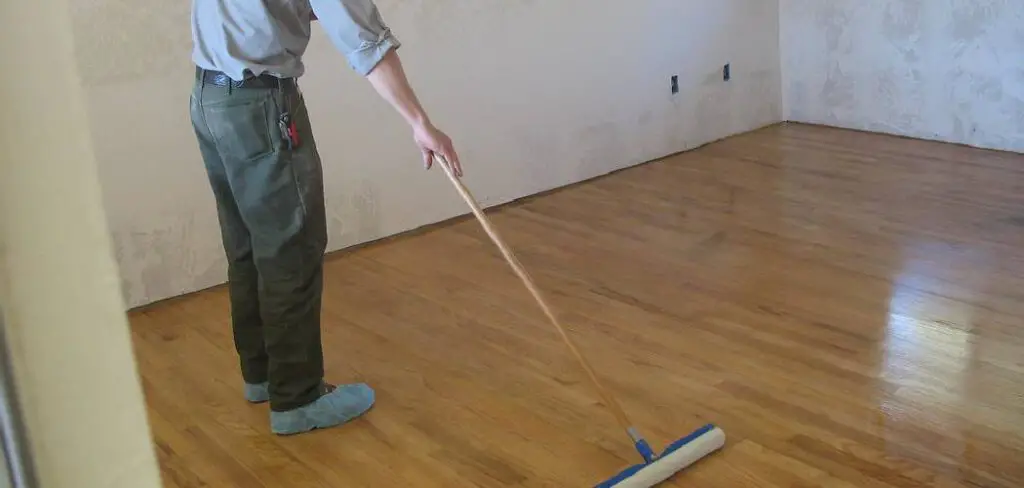
Why Should You Protect Hardwood Floors During Renovation?
If you’re planning to renovate your home, it’s important to take steps to protect your hardwood floors. Hardwood floors are a beautiful and durable investment, but they can be easily damaged during a renovation project.
Dust, debris, and construction materials can scratch and dull the finish, while heavy furniture and equipment can dent and damage the wood. Taking the time to cover your floors before starting your renovation will help keep them looking new for years to come.
8 Tips to Follow on How to Protect Hardwood Floors During Renovation
1. Cover Them Up
The best way to protect your hardwood floors during a renovation is to cover them up. This can be done with plastic sheeting, plywood, or even old rugs or carpet runners. Be sure to tape down the edges of the covering material so that it doesn’t shift and cause damage to your floors.

2. Keep Them Clean
During a renovation, there’s bound to be dust and debris floating around in the air. To help keep this off of your hardwood floors, make sure to sweep and vacuum regularly. You might even want to invest in an air purifier to help keep the air quality clean.
3. Avoid Water Damage
Water damage is one of the most common ways that hardwood floors are damaged during a renovation. To avoid this, be sure to mop up any spills immediately and keep an eye out for any leaks. You should also avoid walking on wet floors as much as possible
4. Move Furniture Carefully
Furniture can also damage hardwood floors if not moved carefully. So, when you need to move furniture around during your renovation, be sure to lift it rather than drag it across the floor. You might also want to put furniture pads under the legs of heavy pieces of furniture to help protect your floors from scratches.
5. Be Careful with Tools and Equipment
You’ll likely use tools and equipment that can damage hardwood floors during a renovation/****. To avoid this, be sure to use drop cloths or mats to protect the floor when using power tools. You should also avoid dragging heavy equipment across the floor, if possible.
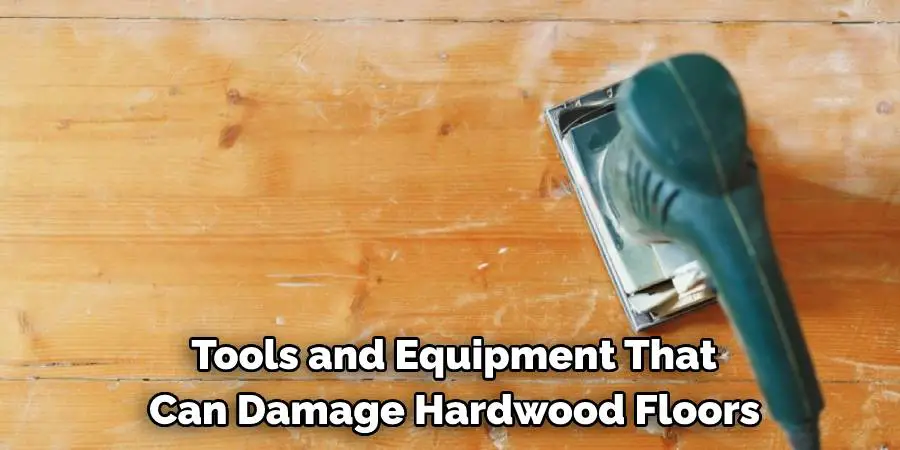
6. Keep an Eye on the Temperature and Humidity
Changes in temperature and humidity can also damage hardwood floors. To avoid this, be sure to keep the temperature and humidity levels in your home consistent during the renovation. You might even want to invest in a humidifier to help keep the air from getting too dry.
7. Be Patient
Finally, it’s important to remember that renovations take time—so don’t be tempted to rush things along by cutting corners when it comes to protecting your hardwood floors. By following these tips, you can rest assured that your hardwood floors will unscathed through the renovation process!
8. Hire a Professional Flooring Company(Optional)
If you’re really worried about damaging your hardwood floors during a renovation, you can always hire a professional flooring company to handle the job. They will have the experience and expertise necessary to protect your floors and make sure they come out looking their best.
That’s it! You’ve now learned how to protect hardwood floors during renovation. Remember to take your time, be careful, and immediately clean up any spills. With these tips in mind, your hardwood floors should look beautiful for years to come!
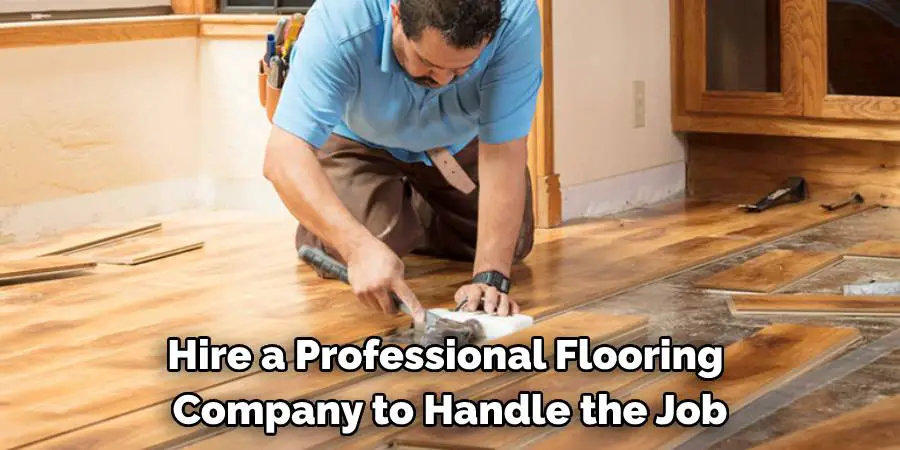
The Benefits of Protecting Your Hardwood Floors During Renovation
Any homeowner knows that renovating a home can be a huge undertaking. Not only is it expensive and time-consuming, but it can also be disruptive to your daily routine. For example, one of the most challenging aspects of renovation is protecting your hardwood floors. In high-traffic areas, hardwood floors can quickly become scratched and damaged. Furthermore, dust and debris from construction can accumulate on the surface, making it difficult to keep the floors clean.
However, you can take a few simple steps to protect your hardwood floors during a renovation. First, make sure to cover high-traffic areas with rugs or mats. This will help to reduce the amount of wear and tear on the floors. Secondly, keep the floors clean by sweeping or vacuuming regularly. Finally, avoid using harsh cleaners or chemicals that could damage the finish. Taking these precautions can help ensure that your hardwood floors will stay beautiful for years to come.
How to Protect Your Hardwood Floors from Sanding and Sawing Damage
If you’re planning on undertaking a home improvement project that involves sanding or sawing, it’s important to take steps to protect your hardwood floors from damage. First, make sure to sweep or vacuum the area thoroughly to remove any dust or debris. Next, place a drop cloth over the area you’ll be working in to catch any stray particles. Finally, always use fine-grit sandpaper to avoid scratching the floor’s surface when sanding.
If you’re using a power sander, be sure to keep it moving at all times to avoid damaging the wood. When sawing, it’s best to use a hand saw rather than a power saw, and be sure to go slowly and carefully to avoid gouging the floor. With a little bit of care and attention, you can keep your hardwood floors looking like new for years to come.
What to Do if You Accidentally Damage Your Hardwood Floors During Renovation
If you’re planning a renovation, taking precautions is important to avoid damaging your hardwood floors. Unfortunately, however, accidents can happen, and you may find yourself with scratches, dents, or gouges on your once-beautiful floors. Fortunately, there are a few things you can do to fix the damage and restore your floors to their original condition.
If the finish is scratched or damaged, you can sand down the area and refinish it. On the other hand, you may need to replace the affected boards if the damage is more significant. And if the flooring is particularly old or valuable, you may want to consult a professional for repairs. Whatever course of action you choose, taking care of hardwood floor damage as soon as possible helps to minimize the damage and ensure that your floors look as good as new for years to come.
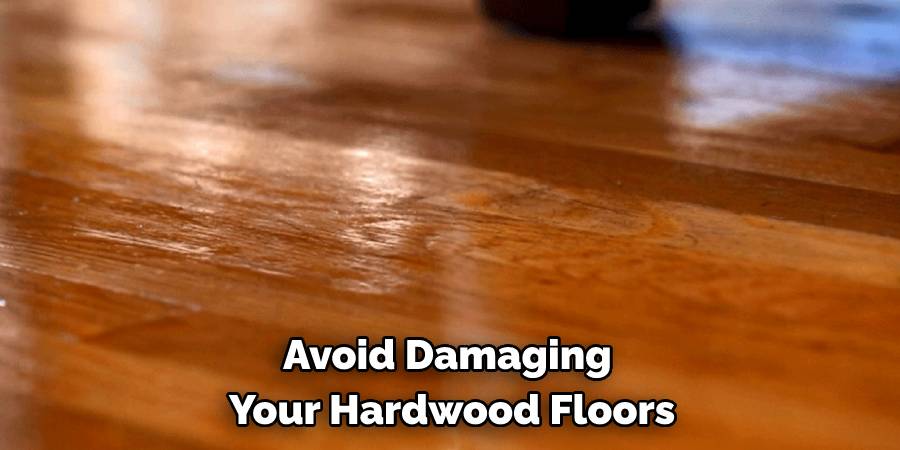
How to Seal and Protect Your Hardwood Floors After Renovation
You’ve just completed a huge renovation project, and your hardwood floors are gleaming. But before you can enjoy your handiwork, you need to seal and protect the floors against dirt, water damage, and wear. Here are some tips on how to do just that.
First, sweep or vacuum the floors to remove any dust or debris. Then, clean the floors with a mild soap and water solution. Be sure to rinse away all the soap residue, as this can damage the finish of your floors.
Once the floors are clean and dry, you can apply a sealant. Again, there are many different types of sealants available, so consult with a professional to choose the best option for your needs. In general, however, you’ll want to look for a durable sealant that is easy to apply.
After applying the sealant, you’ll need to protect your floors from furniture scratches and spills. Place protective pads under furniture legs and use mats or area rugs in high-traffic areas. For spills, wipe them up immediately with a clean, dry cloth.
By following these simple tips, you can keep your newly renovated hardwood floors looking beautiful for years to come.
Tips for Keeping Your Newly Renovated Floors Looking Beautiful for Years to Come
After undergoing a renovation, the last thing you want is for your beautiful new floors to become damaged. Fortunately, you can take a few simple steps to keep them looking like new for years to come. First, always use doormats and rugs inside and outside of all entrances to your home. This will help to reduce the amount of dirt and grit that is tracked in, which can scratch and dull the finish of your floors.
Second, be sure to sweep or vacuum regularly to remove any build-up of dirt and dust. Third, if you have hardwood floors, avoid using harsh cleaning chemicals or abrasive scrubbing pads, as these can damage the finish. Instead, opt for a mild soap and water solution. Finally, for more stubborn dirt and stains, hire a professional cleaning company specializing in floor care. With some regular maintenance, your newly renovated floors will look beautiful for years to come!
Can You Use a Rug to Protect Wood Floors During the Renovation?
Renovating your home can be a dusty and dirty process, especially if you’re doing it yourself. If you’re planning on sanding or doing any work that will generate a lot of dust, you’ll want to take steps to protect your wood floors. One option is to lay down a rug or tarp in the area where you’ll be working.
This will help to catch any dust and debris before it has a chance to settle on your floor. You should also make sure to vacuum regularly and sweep up any dust settling on your floors. With a little bit of care, you can keep your wood floors looking beautiful during and after your renovation project
You Can Chack It Repair Water Damaged Baseboard.
Conclusion
Undergoing a home renovation can be stressful, but it doesn’t have to be! By taking the time to protect your hardwood floors, you can rest assured that they’ll come out of the process looking as good as new. So, follow these tips and enjoy your newly renovated home! Thanks for reading our post about how to protect hardwood floors during renovation.
You Can Chack It Out Arrange Furniture Around Baseboard Heaters

